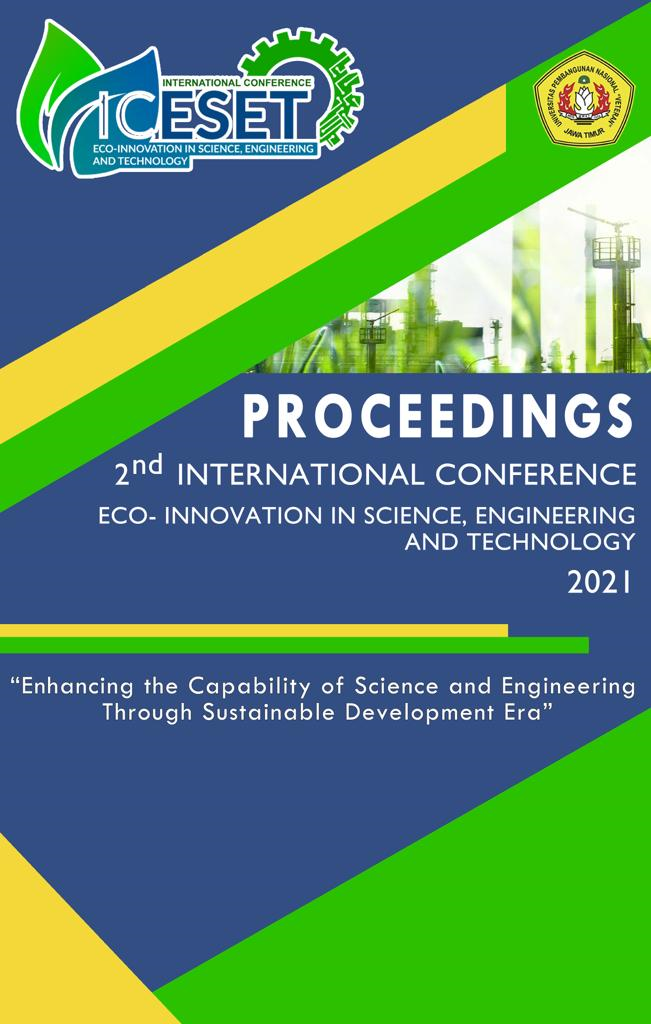Synthesis of Magnesium Carbonate with Bittern Raw Material with Carbon Dioxide Gas Injection in Packing Column
DOI:
https://doi.org/10.11594/nstp.2021.1401Keywords:
Magnesium carbonate, bittern, carbon dioxide gas, packed column reactorAbstract
Magnesium carbonate is known as magnesite, which is naturally a carbonate of magnesium compounds, the main raw material for magnesium oxide (magnesia). Magnesium carbonate has many uses, one of which is an additive in the pharmaceutical field used as an additive for laxatives. In this research, magnesium carbonate is forming magnesium hydroxide by mixing bittern and sodium hydroxide 1,875 N then reacting magnesium hydroxide and carbon dioxide gas in a packed column reactor. This study aims to determine the best flow rate and contact time ratio, the factors that influence, and the amount of magnesium carbonate formed. The variables used are carbon dioxide gas flow rate and contact time. The best results from this study were obtained with a flow rate of 2 liters/minute with a contact time of 30 minutes obtained 72% magnesium carbonate levels.
Downloads
Published
Issue
Section
License
Copyright (c) 2021 Kindriari Nurma Wahyusi, Agnes Serlina Ferdian, Martin Anderson Panangian, Ika Nawang Puspitawati

This work is licensed under a Creative Commons Attribution 4.0 International License.
Authors who publish with this proceedings agree to the following terms:
Authors retain copyright and grant the Nusantara Science and Technology Proceedings right of first publication with the work simultaneously licensed under a Creative Commons Attribution License that allows others to share the work with an acknowledgement of the work's authorship and initial publication in this proceeding.
Authors are able to enter into separate, additional contractual arrangements for the non-exclusive distribution of the proceedings published version of the work (e.g., post it to an institutional repository or publish it in a book), with an acknowledgement of its initial publication in this proceeding.
Authors are permitted and encouraged to post their work online (e.g., in institutional repositories or on their website) prior to and during the submission process, as it can lead to productive exchanges, as well as earlier and greater citation of published work (See the Effect of Open Access).







